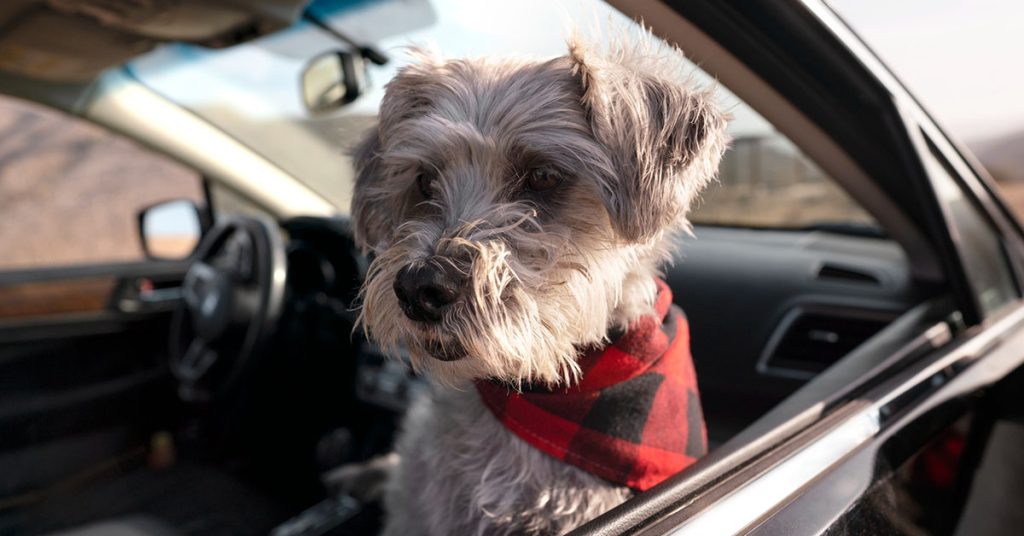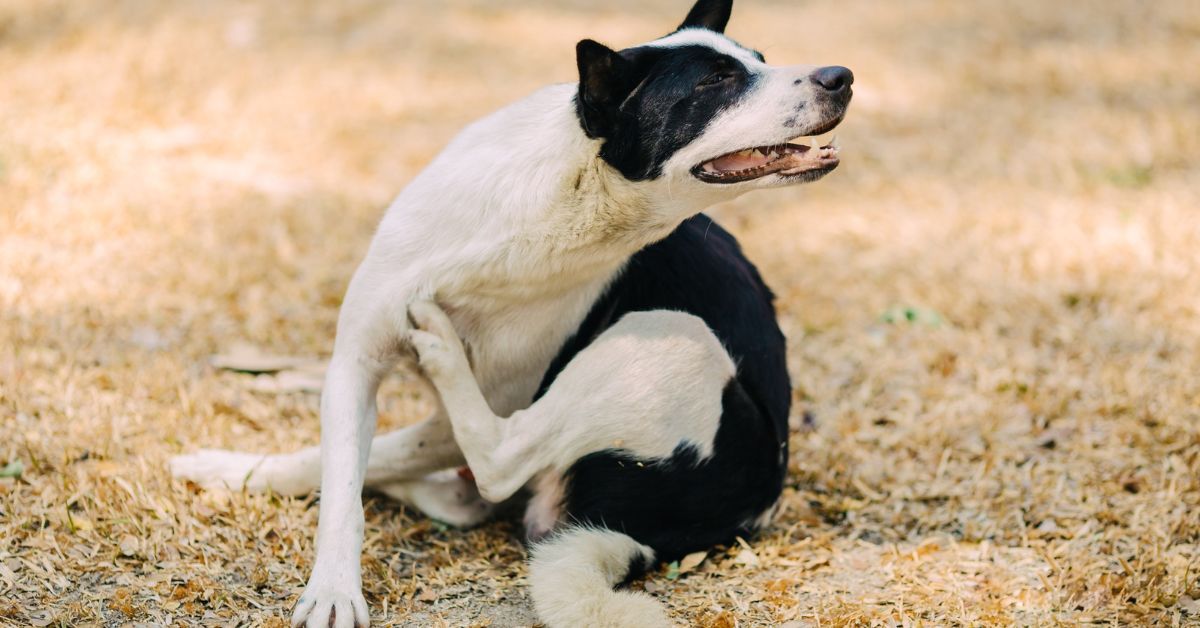It is common for dog owners to hear their pets whine and cry during a car ride. Many people have wondered why their dog behaves this way in the car. Keeping dogs comfortable and well-behaved in the car requires understanding why they whine. In this blog post, we’ll explore the reasons why do dogs whine in the car.
Your dog may whine in the car for a variety of reasons, from anxiety to fear to motion sickness. Learning how to address these reasons will allow you to enjoy car journeys with your pet more. Let’s get started.
Why Do Dogs Whine in the Car?
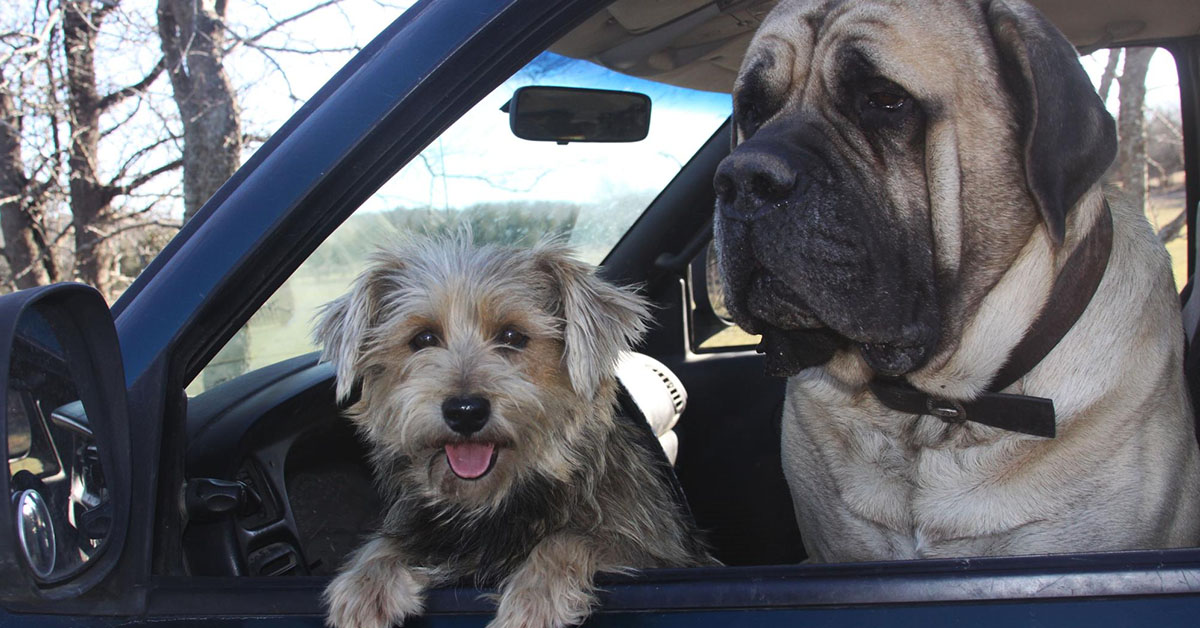
Some dogs find car rides distressing and anxiety-inducing, while others look forward to them. The first step to fixing this behavior is understanding why dogs whine in the car and ensuring a smoother ride for everyone. There are a few reasons why dogs whine in the car:
Anxiety and Fear
Dogs are creatures of habit, and anything unfamiliar can cause anxiety or fear. When a dog has had negative experiences in the past, the sights, sounds, and movements of a car ride can be overwhelming. A dog feeling uneasy may whine due to the rumble of the engine, movement, or unfamiliar surroundings rushing by.
Motion Sickness
Just like humans, dogs can experience motion sickness during car rides. Movement and visual stimuli can disrupt their inner ear balance, leading to symptoms like nausea, drooling, and whining. Puppies and dogs who have never traveled in a car are more likely to experience motion sickness.
Excitement
In fact, some dogs whine in the car because they are ecstatic. Dogs can whine when they’re on their way to the dog park, a favorite hiking spot, or accompany their humans on an adventure.
Separation Anxiety
It is common for dogs to feel anxious and distressed when separated from their owners, even temporarily. Car rides can exacerbate separation anxiety, leading dogs to whine to express their discomfort and longing for their humans.
Dog Breeds
Each dog breed has its temperament, tendencies, and sensitivities, which can affect their behavior in the car. Some breeds are known for their nervous dispositions or susceptibility to stress, while others find car rides uncomfortable due to their size or physical characteristics. Breed-specific traits can help you understand why your dog whines in the car and tailor solutions to meet their needs.
Dehydration & Heat
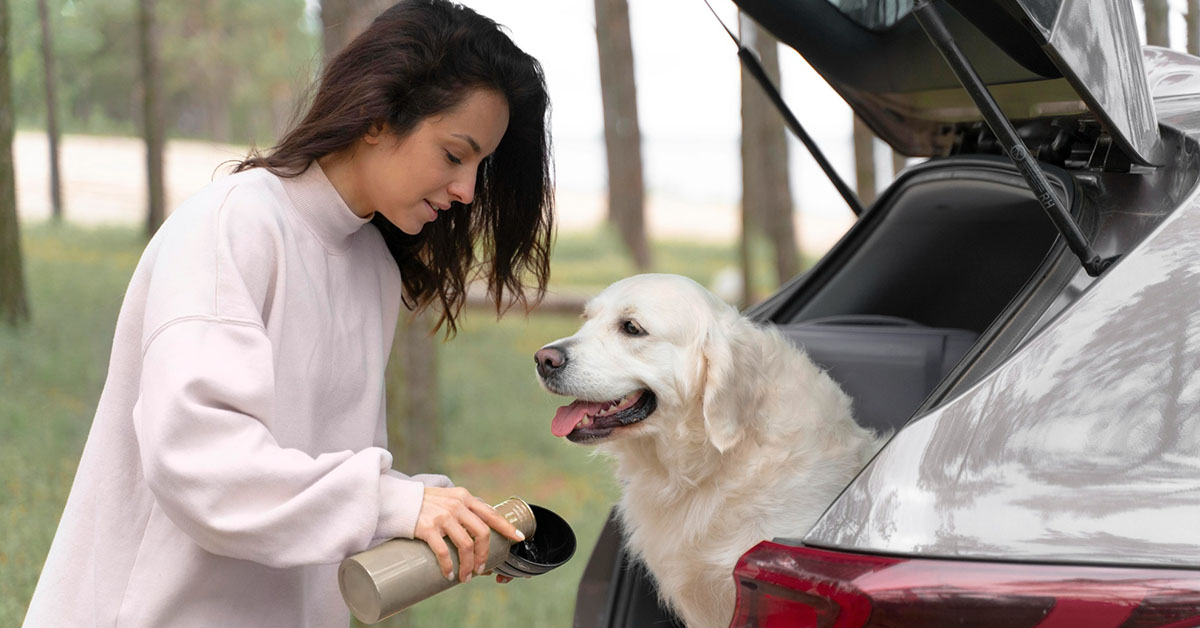
In poorly ventilated vehicles or on hot days, dogs can quickly become dehydrated and overheated during car rides. Excessive panting, drooling, and whining may mean your dog needs water and a more relaxed environment. Dehydration and heatstroke are severe concerns for dogs, especially those with short muzzles or thick coats.
As a way to communicate their discomfort and seek relief from the oppressive heat, dogs may whine. To prevent dehydration and heat-related health issues, pet owners need to keep their dogs hydrated, calm, and comfortable during car rides.
Tips for Dealing with Dogs Whining in the Car
With the right strategies and techniques, you can help your dog feel more relaxed and comfortable during car rides. You can deal with your dog’s whining in the car by following these tips:
Gradual Desensitization
Start with short, low-stress trips around the block and gradually increase the duration and distance. You can reduce anxiety-induced whining by pairing each car ride with positive experiences, such as treats, toys, and praise.
Comfortable Restraints
Ensure your dog is safely and comfortably restrained during car rides to prevent injury and minimize anxiety. Use a secure crate, pet seatbelt, or car harness designed for dogs to provide a sense of security and stability while in the car.
Create a Calm Environment
Maintain a comfortable temperature, keep the noise level low, and block out excessive light in your car. To promote relaxation in the car, use calming aids like pheromone diffusers or music specifically designed for dogs.
Frequent Breaks
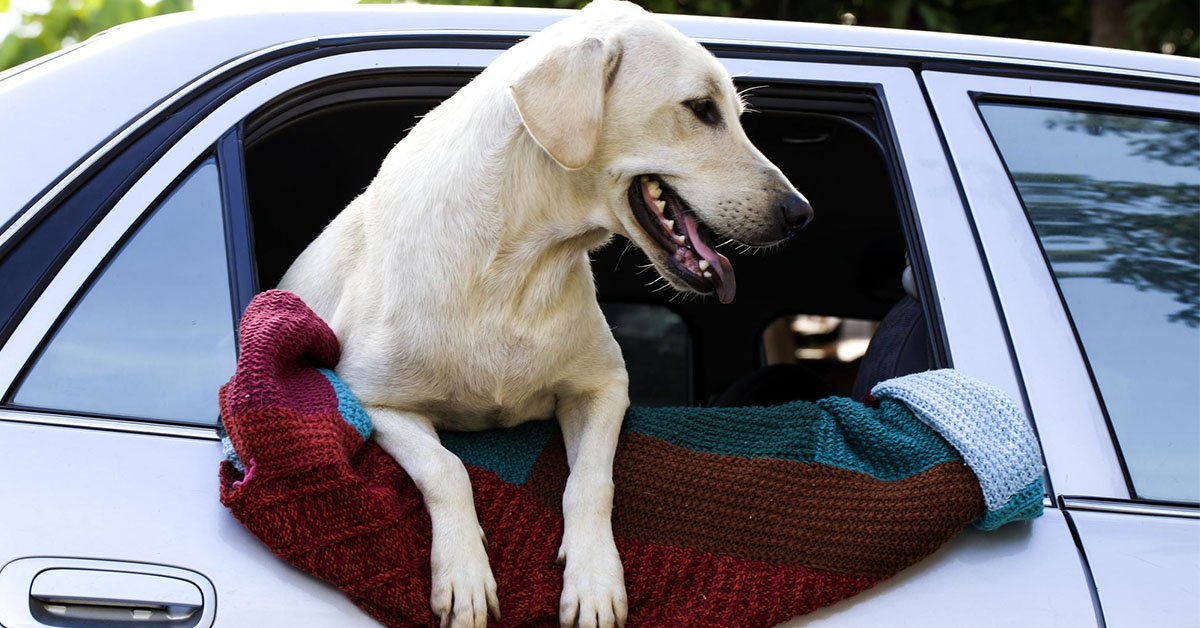
Take regular breaks during long car rides to allow your dog to stretch its legs, relieve itself, and rehydrate. Offer water and opportunities for your dog to explore its surroundings, which can help alleviate boredom and restlessness.
Positive Reinforcement Training
Use positive reinforcement techniques to reward calm behavior and discourage whining in the car. When your dog is quiet and relaxed, redirect his attention away from whining behavior with interactive toys or engaging activities.
Consult a Professional
If your dog keeps whining despite your best efforts, get help from a trainer or behaviorist. They can provide personalized advice and develop a tailored behavior modification plan to address your dog’s specific needs and challenges.
FAQs
What does it mean when a dog cries in the car?
When a dog cries in the car, it could signal anxiety, motion sickness, excitement, or separation anxiety. A dog may cry due to fear of an unfamiliar environment, discomfort from motion sickness, or anticipation of fun activities. Identifying the underlying cause can help them address their needs and provide more comfortable car rides.
Should I ignore my dog whining in the car?
It may not always be a good idea to ignore your dog’s whining in the car. It’s essential to assess the underlying cause of the whining and address it accordingly. If your dog whines because of anxiety, fear, or discomfort, ignoring it could make things worse.
Instead, try to figure out what’s causing the whining and provide reassurance, comfort, or distractions as needed. If your dog whines for attention or out of habit, ignore the behavior and reward quiet, calm behavior over time.
How do I know if my dog is stressed in the car?
It is easy to tell if your dog is stressed in the car by observing their body language and behavior. Signs of stress in dogs during car rides may include:
- Panting excessively
- Pacing or restlessness
- Trembling or shaking
- Excessive drooling
- Whining, whimpering, or barking
- Attempting to escape or hide
- Lip licking or yawning (stress signals)
- Dilated pupils or wide-eyed expression
- Refusing to enter the car or trying to hide when the car is approached
You need to address your dog’s stress and implement strategies to make them feel more relaxed and comfortable in the car if you see these signs.
Read More: Why Does My Dog Slobber In The Car?
The Takeaway
To foster a positive travel experience for you and your pup, you need to know why dogs whine in the car. Recognizing your dog’s needs and addressing them appropriately can make a big difference, whether it’s anxiety, motion sickness, or excitement.
Using the tips and techniques presented in this blog, you can reduce your dog’s whining and make car rides more enjoyable. When you treat your dog with patience, understanding, and extra care, those plaintive whimpers can become happy tail wags.

